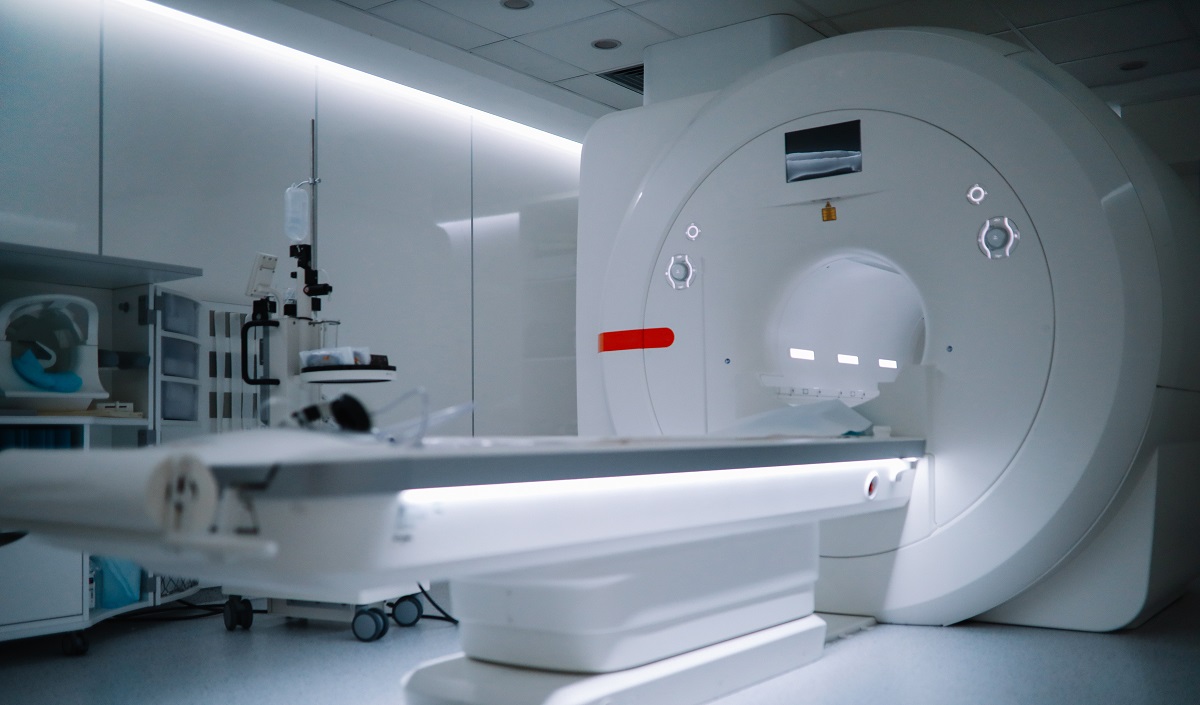The meta-analysis [1] of nine trials calculated a 16% reduction in lung cancer (LC) mortality. However, the authors acknowledged that the inclusion of deaths up to 10 years after the last screen dilutes the relative effect of screening, “conservatively biasing the RR [Rate Ratio] … towards unity.”
In the meta-analysis, the 8% reduction in LC mortality in the latest report of the NLST trial had a weight of 0.44. Screening had ended after 2 years, and by 6.5 years of follow-up, 87 LC deaths had been averted (RR 0.80, i.e., 20% reduction) [2]. A re-analysis suggested that the full benefit from the three screens had already been achieved [3]. The updated report [4] confirmed this: 6 further years of follow-up added 791 and 793 further LC deaths in the two arms. So, over the full follow-up, 89 LC deaths were averted, but the RR became 0.92.
Including the additional follow-up, where no benefit is expected, attenuates the rate ratio, but doesn’t change the rate difference. The 89 deaths averted by the 3 × 26,000 NLST screens imply 1 death averted per 900 or so screens. A similar calculation, applied to all 9 trials (with 1-10 rounds of screening), yields 162 deaths averted by 154,000 screens, i.e., 1 per 950. The absolute difference in lung cancer deaths is unaffected by the arbitrary numbers of screens and durations of follow-up beyond the period of the screening’s effectiveness. Thus, calculations based on it provide a more robust and, we believe, a more appropriate statistical summary.








Leave a Reply